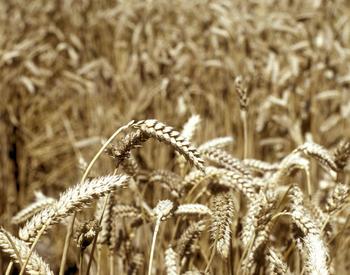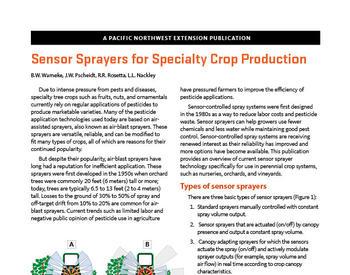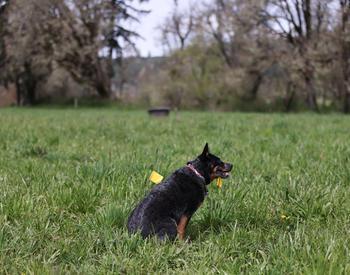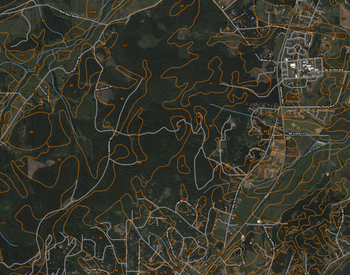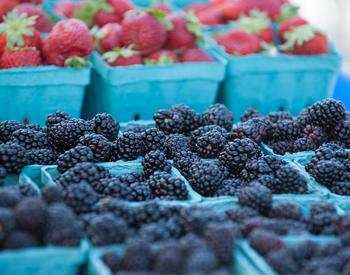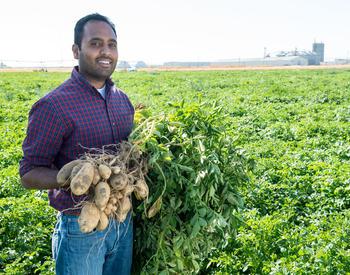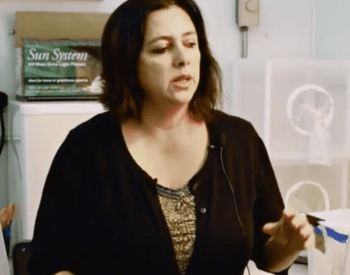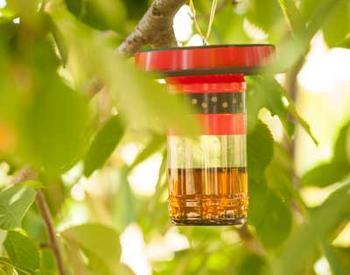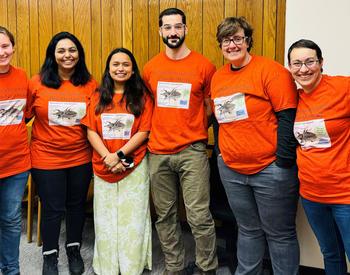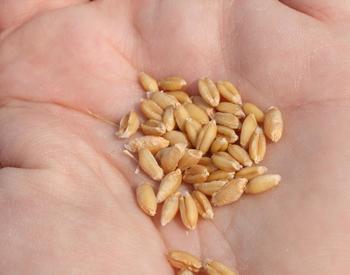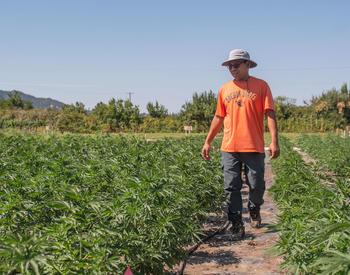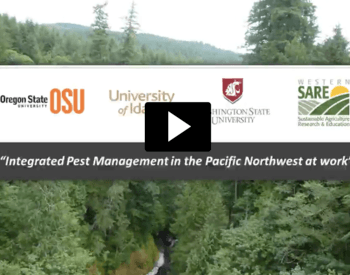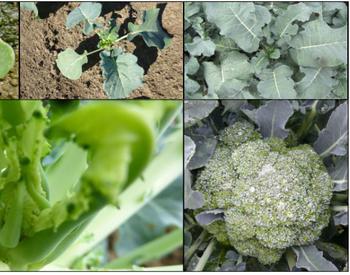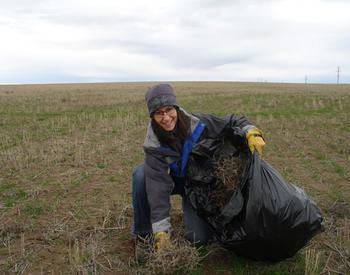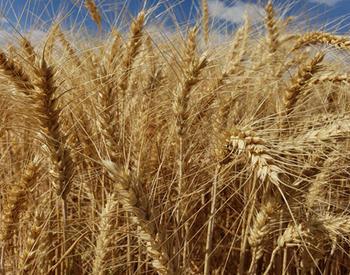Introduction to Resilient Dryland Farming Alliance
The Resilient Dryland Farming Alliance, a product of a farmer-led initiative, supports research to develop resilient cropping systems that increase drought, heat and disease tolerance; improve grain yield and quality; and enhance economic and environmental outcomes of dryland crop production systems.
The wheat-growing region of eastern Oregon averages only about eight to 16 inches of rain per year. Growers conserve soil moisture for the next wheat crop by using longer periods of fallowing – about 14 months – under winter wheat-summer fallow (WW-SF) rotational systems (Figure 1).
The WW-SF system is practiced on 4.47 million acres in the region. In the traditional conventional fallow, land is often tilled (offset, disk and subsurface sweep) and rod-weeded to enable water storage and weed control.
Increasingly, growers are practicing chemical fallow with no-tillage and herbicides are used to control weeds. Despite reliable grain yields from WW-SF systems, this practice leads to a low amount of crop residue – the plant material remaining after harvest – and a lack of crop diversity.
These issues can lead to negative impacts on:
- Soil health.
- Soil organic matter.
- Soil pH.
- Nutrients.
Also, current rotational schemes create conditions that favor soilborne diseases. For example, recent studies reported a nearly 50% decline in inherent soil organic matter in the top 30 centimeters (11.8 inches) of regional Walla Walla silt loam soils under the WW-SF system.
The new Introduction to Resilient Dryland Farming Alliance Project is a joint effort by researchers within the OSU Columbia Basin Agricultural Research Center (CBARC) and USDA-ARS Columbia Plateau Conservation Research Center. It focuses on evaluating the integration of cover crops and alternative crops to improve soil health and reduce the negative impacts of WW-SF system.
Research will be conducted under both low (22 centimeters/8.7 inches) and intermediate (40 centimeters/15.7 inches) rainfall zones in eastern Oregon. The researchers are also testing the potential benefits of these cropping systems on farm economics, soil health, wheat productivity, weed control and disease suppression.
Objectives
The Introduction to Resilient Dryland Farming Alliance Project will generate information to assist growers in designing wheat-alternate cropping systems that will improve soil health without decreasing wheat yields. The three overarching research goals are:
- Determine the best adapted cover crops and alternative crops and planting dates (summer, fall, or spring) in low and intermediate precipitation areas of eastern Oregon.
- Investigate the potential benefits of these crops in a wheat-based system (increased soil nitrogen, soil organic matter, and soil water availability; enhanced soil health; greater water use efficiency; weed suppression; and reduced diseases).
- Evaluate the profitability of including cover and alternative crops in wheat-based systems.
To accomplish these goals, the research team has designed field trials in which a variety of cover crops and alternative crops are grown in rotation with winter wheat at CBARC in Umatilla County and Starvation Farms in Morrow County (Table 1). In these trials, cover crops (single- and multi-species) and alternative crops are grown during the fallow phase of the WW-SF system.
Data on various aspects will be collected from these trials to test the suitability of these systems in the region, to identify the best management practices that will improve the profitability and sustainability of wheat-based systems in eastern Oregon (Figure 2). Information and data from these trials will be shared through NRCS and OSU Extension bulletins, online platforms (websites, webinars, and social media), and field days.
Click here to view a printable version of this article (.pdf)
Results
The data presented here are preliminary. Finalized data and observations will be released as peer-reviewed studies, reports and Extension articles. 2020-21 was a record drought year, results could vary from a normal rainfall year. Conversely, 2021-22 was a relatively wet spring season.
2021-22 Annual report: Cover Crop trial
2020-21 Annual report: Cover Crop trial
2021-22 Annual report: Alternative Crop trial
2020-21 Annual report: Alternative Crop trial
For a reminder of which plants are being evaluated, see Table 1.
Project team
S. Singh1, C. Adams, J. Barroso1, F. Calderon1, J. Gourlie, R. Graebner, K. Harrison, M. Hunt, E. Kriete, D. Larson, S. Machado1*, R. McGee, G. Namdar, L. Pritchett, C. Reardon2, S. Umbarger, D. Wood, and C. Hagerty1*
1Columbia Basin Agricultural Research Center, Oregon State University, Pendleton, OR.
2 Columbia Plateau Conservation Research Center, USDA-ARS, Pendleton, OR.
*Corresponding authors: Dr. Christina Hagerty (2021-22), Dr. Stephen Machado (2020-21)
